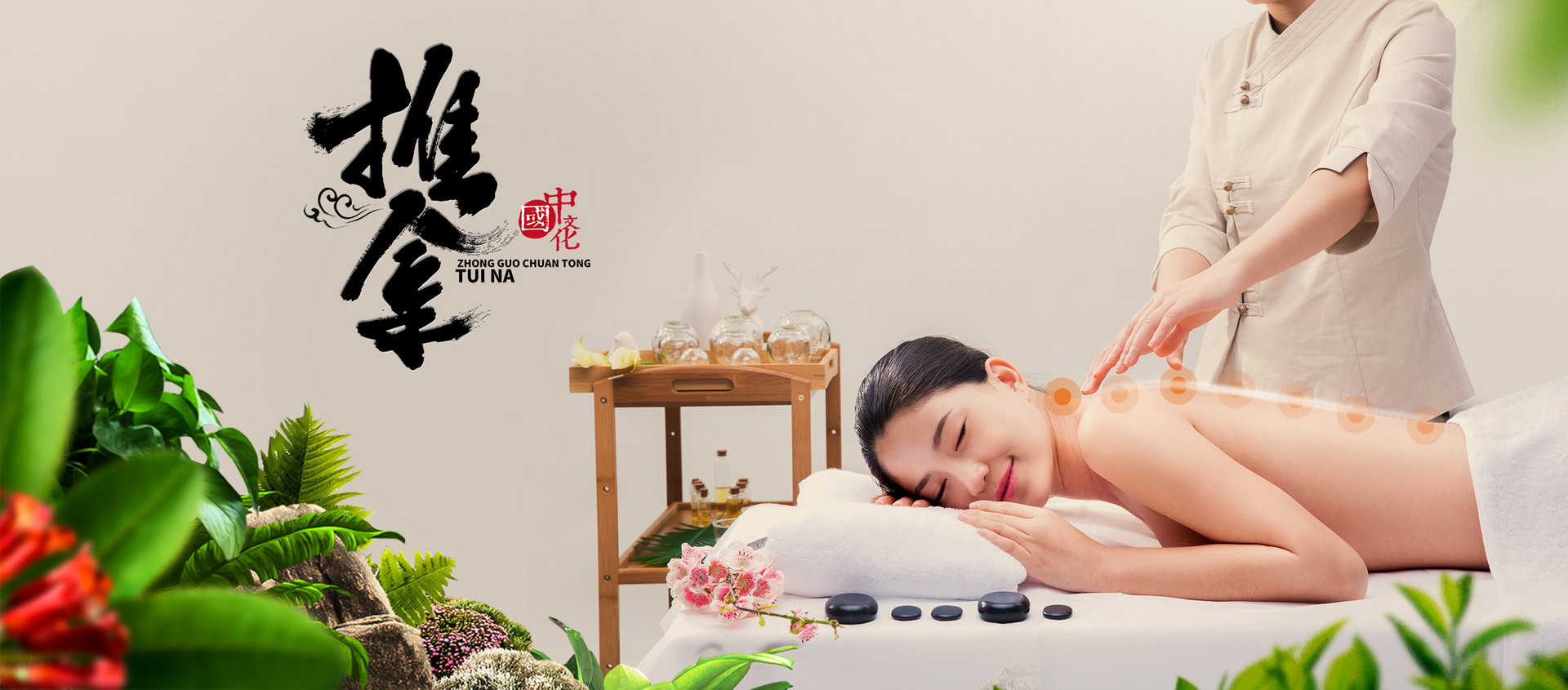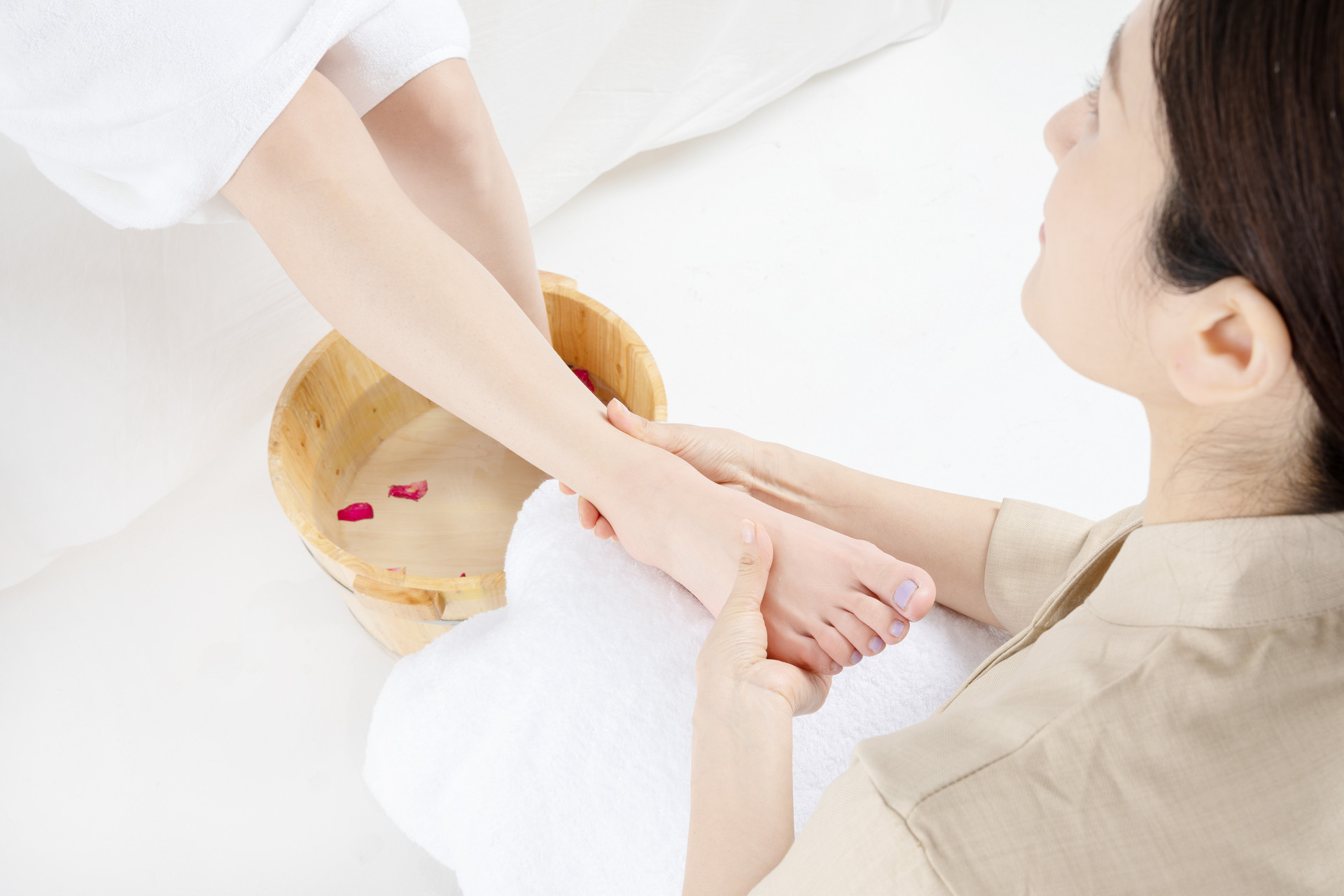Respiratory infections such as colds, tonsillitis, bronchitis, and pneumonia in children are common and often recurring diseases. If a child experiences repeated infections within a certain period of time, it is referred to as recurrent respiratory infections. In recent years, with the increase in global warming and the accelerated mutation cycle of viruses, the incidence of these infections has dramatically increased to around 20%, with children aged 2 to 6 being the most susceptible.
Recurrent respiratory infections fall under the category of "deficiency syndrome" in Traditional Chinese Medicine (TCM). Due to the inadequate natural constitution of children, their lungs and spleen are weak. Weak lung qi leads to weakened defense against external pathogens, while weak spleen and stomach function results in insufficient transformation and transportation of nutrients. This overall deficiency makes them more susceptible to external pathogens. TCM has certain advantages in strengthening the body, improving immune function, and enhancing overall constitution.
Pediatric tuina therapy stimulates specific areas or acupoints on the body's surface to regulate the functions of organs, meridians, and qi and blood. This therapy can enhance the child's self-immunity and help prevent and treat recurrent respiratory infections. As a natural therapy, it has no adverse reactions and has become increasingly popular both domestically and internationally.
In clinical practice, susceptible children are often classified into two types: lung and spleen qi deficiency type and food stagnation with internal heat type. Tuina therapy for prevention is as follows:
Lung and Spleen Qi Deficiency Type - Nourish Lung, Spleen, and Kidney Meridians
Clinical manifestations: Children with this type often have a thin physique, dull complexion, poor appetite, loose stools after eating, and easy sweating.
Tuina acupoints: Nourish Lung Meridian (located on the radial side of the little finger's distal phalanx, push straight from the fingertip towards the base of the finger, 100-500 times), Nourish Spleen Meridian (located on the radial side of the thumb, push along the radial side of the thumb from the tip towards the base, 100-300 times), Nourish Kidney Meridian (located in a straight line from the tip of the little finger to the ulnar side of the palm, push from the base towards the tip of the finger, 100-500 times), Rub Zusanli (located 3 cun below the lateral knee eye, one horizontal finger away from the tibial tuberosity, rub with the tip of the thumb, 50-100 times), Rub Abdomen (massage the abdomen with the palm, 200-500 times or for 5 minutes), Pinch the Spine (with the child in a prone position, pinch the spine on both sides along the midline to the Dazhui acupoint, pinch 5-10 times in one direction). It is recommended to perform tuina before meals.
Food Stagnation with Internal Heat Type - Clear Colon and Stomach
Clinical manifestations: Children with this type often have a yellow complexion, thin muscles, irritability, poor appetite, abdominal distension, bad breath, a thick and greasy tongue coating, and may have low-grade fever.
Tuina acupoints: Clear Large Intestine Meridian (located on the radial side of the index finger, push from the tiger's mouth towards the tip of the finger, 100-300 times), Clear Stomach Meridian (located on the outer side of the fishbone, between the red and white skin, push along the red and white skin from the wrist crease towards the transverse crease of the palm, 100-500 times), Rub Banmen (located on the plane of the palm's fishbone, rub with the tip of the thumb, 100-300 times), Rub Zusanli, Pinch the Spine, Separate the Yin and Yang of the Abdomen (use both thumbs to push along the rib arch to the sides of the abdomen, 100-300 times), Rub Yongquan acupoint (located at the front 1/3 of the sole, rub with the tip of the thumb, 50-100 times).
Regular Exercise for Health
In addition, susceptible children can also engage in regular exercises for health:
Quickly rub both palms together until they feel warm, then use the warmed hands to press on the forehead. Press and rub the face 50 times in a clockwise direction, then 50 times in a counterclockwise direction, until the face feels slightly red and warm.
Use the index fingers of both hands to quickly rub and stroke the sides of the nose, with moderate pressure, allowing the heat generated to penetrate into the nasal cavity.
Rub and knead both earlobes with the thumbs and index fingers repeatedly for 1-3 minutes, until the earlobes become red and warm.
Rub the shoulders and back with the palms until the heat penetrates.
Rub Hegu and Quchi acupoints each 50 times. This method can be performed once a day and can be increased by 1-3 times during severe flu outbreaks. It has the effect of stimulating the lungs, promoting ventilation, strengthening the body's defensive energy, and preventing colds and bronchitis. Long-term massage can improve resistance to colds.
If susceptible children have improper feeding practices or an imbalanced intake of nutrients, it can lead to deficiencies in vitamins, trace elements, and especially zinc and calcium. Additionally, high lead levels can also lower immunity. It is important to advocate for a balanced diet that includes a variety of nutrients from coarse and fine, meat and vegetables. Eating should also be done in moderation. Food stagnation and heat generation lead to "opening of the pores due to heat, simultaneous circulation of nutrients and defense, excessive sweating, and thus qi leakage." If qi leaks, the external defense cannot be maintained, making it easy for external pathogens to invade. The presence of internal heat is the basis for external pathogen invasion.
It is also important to strengthen physical exercise and enhance the child's ability to resist respiratory infections. Adjust clothing appropriately, avoiding excessive warmth. Wearing too many layers can weaken the child's ability to adapt to changes in external temperature, and excessive warmth and fullness can lead to the accumulation of internal heat, making them susceptible to illness with slight exposure to cold. Additionally, susceptible children should avoid crowded places to reduce the risk of infection.











